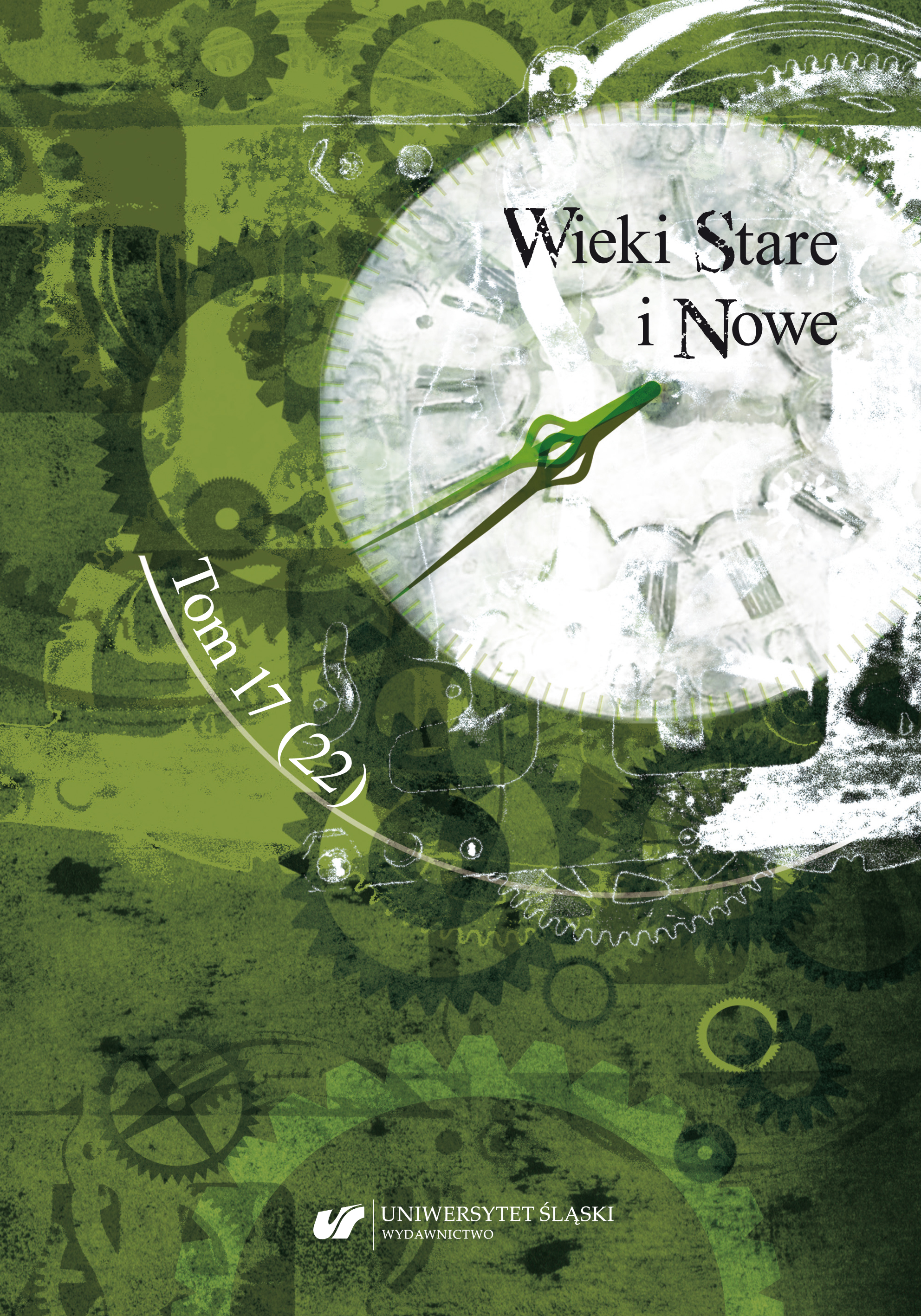Na wołoskich rubieżach. Pochodzenie i stosunki etniczne ludności wołoskiej/wałaskiej na pograniczu śląsko-kisucko-morawskim (w świetle historiografii)
On the Wallachian frontiers. Origin and ethnic relations of the Wallachian population in the Silesian-Kysuce-Moravian borderland (in the light of historiography)
Author(s): Krzysztof NowakSubject(s): History, Historical Geography, Ethnohistory, Local History / Microhistory
Published by: Wydawnictwo Uniwersytetu Śląskiego
Keywords: Wallachians; Silesia; Kysuce; Moravia; Josef Macůrek
Summary/Abstract: In research on Wallachian settlements, the issue of their ethnic origin has always aroused numerous controversies and emotions, which can be summarized as a rivalry between the Romanian and the Slavic options. However, much has always depended on the degree of extremes in promoting one or the other view by researchers. The article is a review of historiography on the ethnic origin of the Wallachians in the historical Polish-Czech-Slovak borderland. In the first studies of the Wallachian migrations, the Romanian option was dominant, but at the end of the 19th century, views emerged that locating this group of nomads in the Balkans and even completely negating the Romanian aspect, and then also the extreme Slavic option, whose leading representative for the border area was D. Cranjală from 1938 . Many subsequent works, especially Polish ones, focused on the opposition to the negation of the Romanian or also the Balkan factor. In 1959, Josef Macůrek’s book, the most comprehensive publication to date on the Wallachian settlement in this borderland, was published, which indicates a strong Ruthenian influence. Generally, it is impossible to clearly define the ethnic origin of the gelding. Linguistic works, which indicate stronger Romanian and Balkan traditions than in Macurek’s conclusions, are now bringing more revival to the research on the origin of the Wałachs. It can be said that the Walachian groups that came to Cieszyn Silesia, Moravia and Kysuce from the east (Żywiec) had many common features with the settled Polish population with whom they had contact before. Those who came from the side of Orava already had common features with the enicly Slovak population. For this reason, it can rather be concluded that an ethnically and culturally mixed Ruthenian-Polish-Slovak element migrated to the border of the Wallachian routes, but with a predominance of the ethnically Polish element — when he came from the Żywiec region, and the Slovak element - when he came from Orawa, and all these communities grew out of the traditional material culture of the Eastern, Southern Carpathians and the Balkans.
Journal: Wieki Stare i Nowe
- Issue Year: 22/2022
- Issue No: 17
- Page Range: 1-28
- Page Count: 28
- Language: Polish

